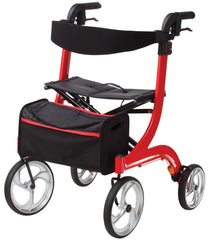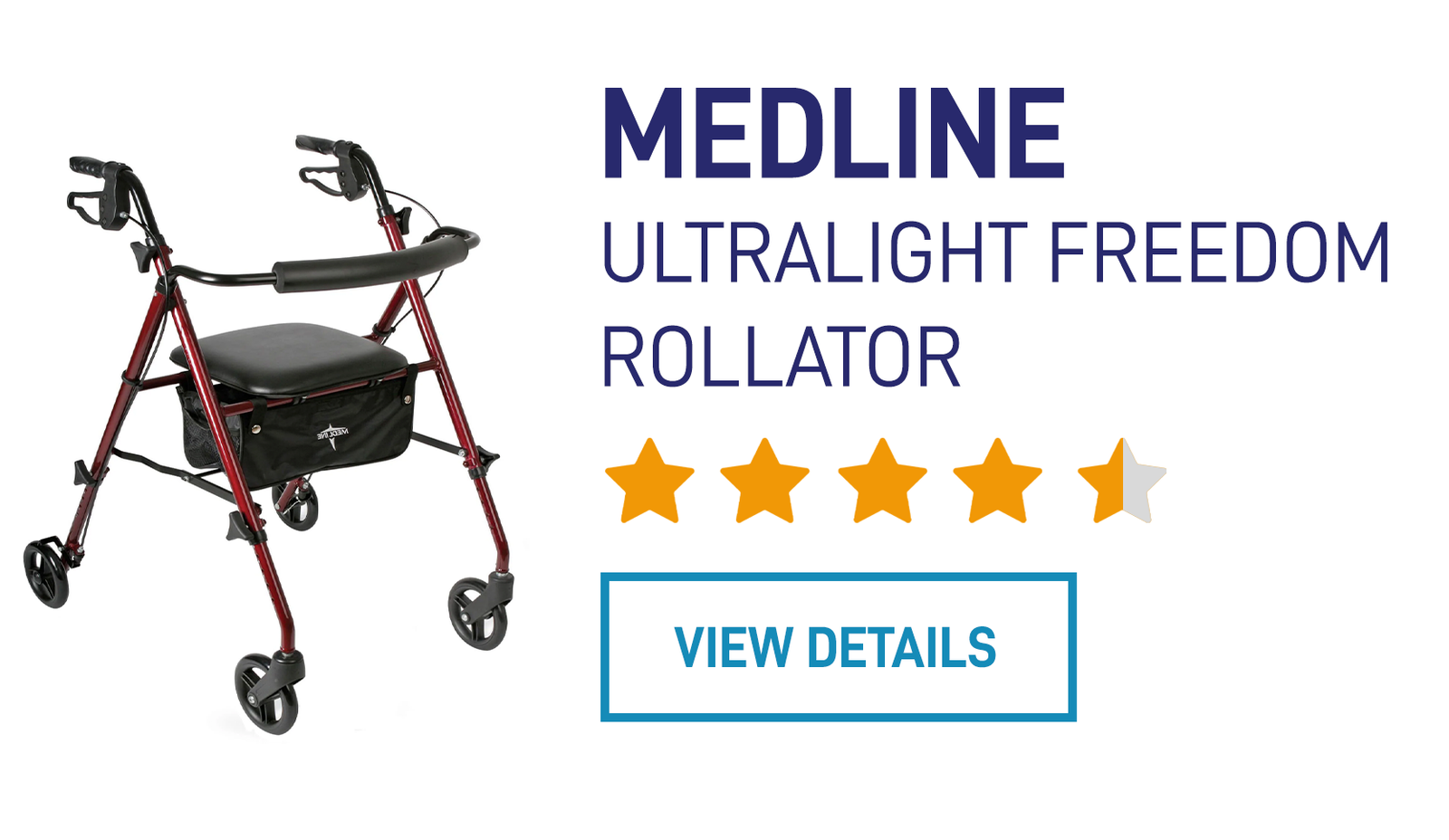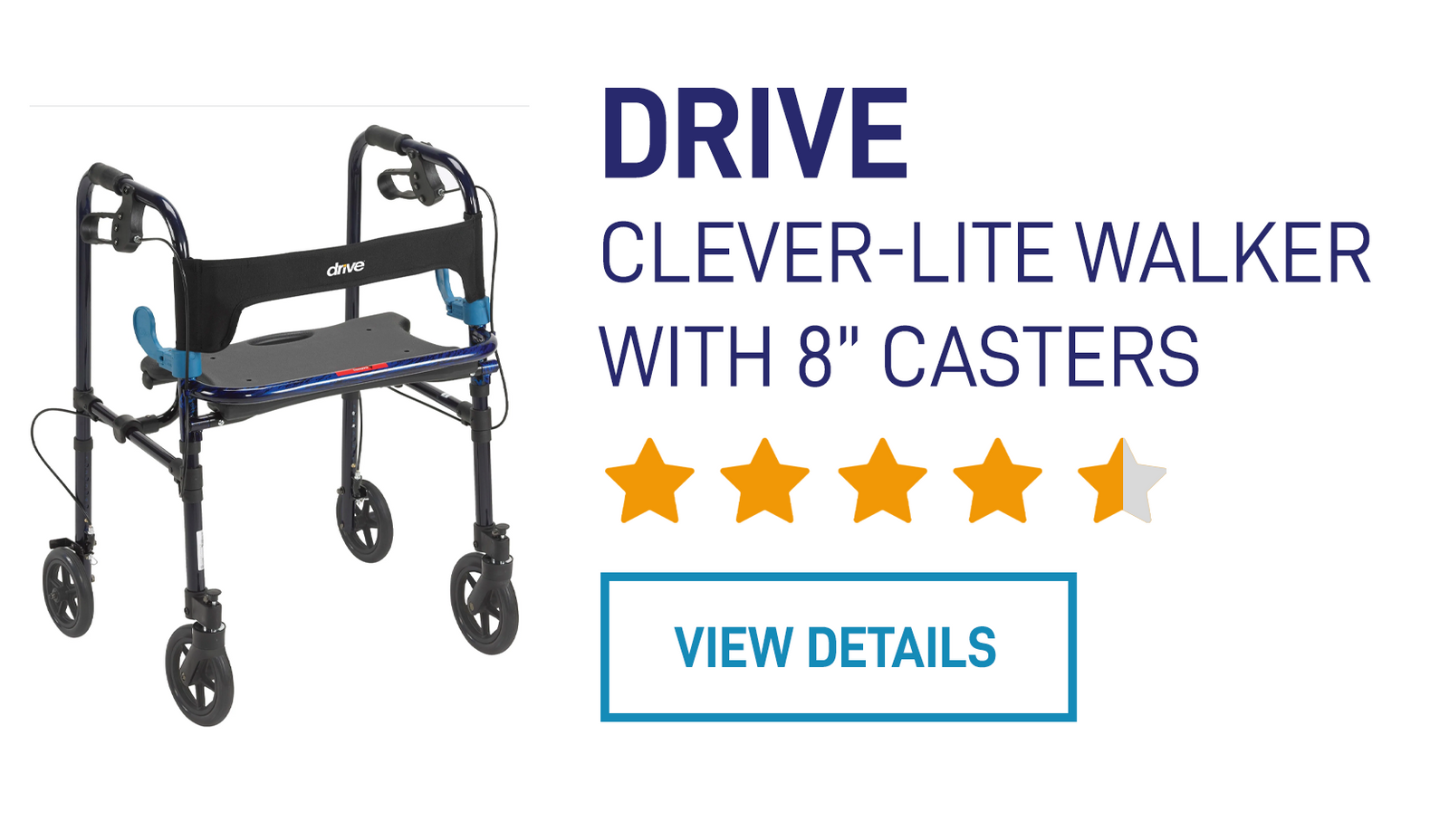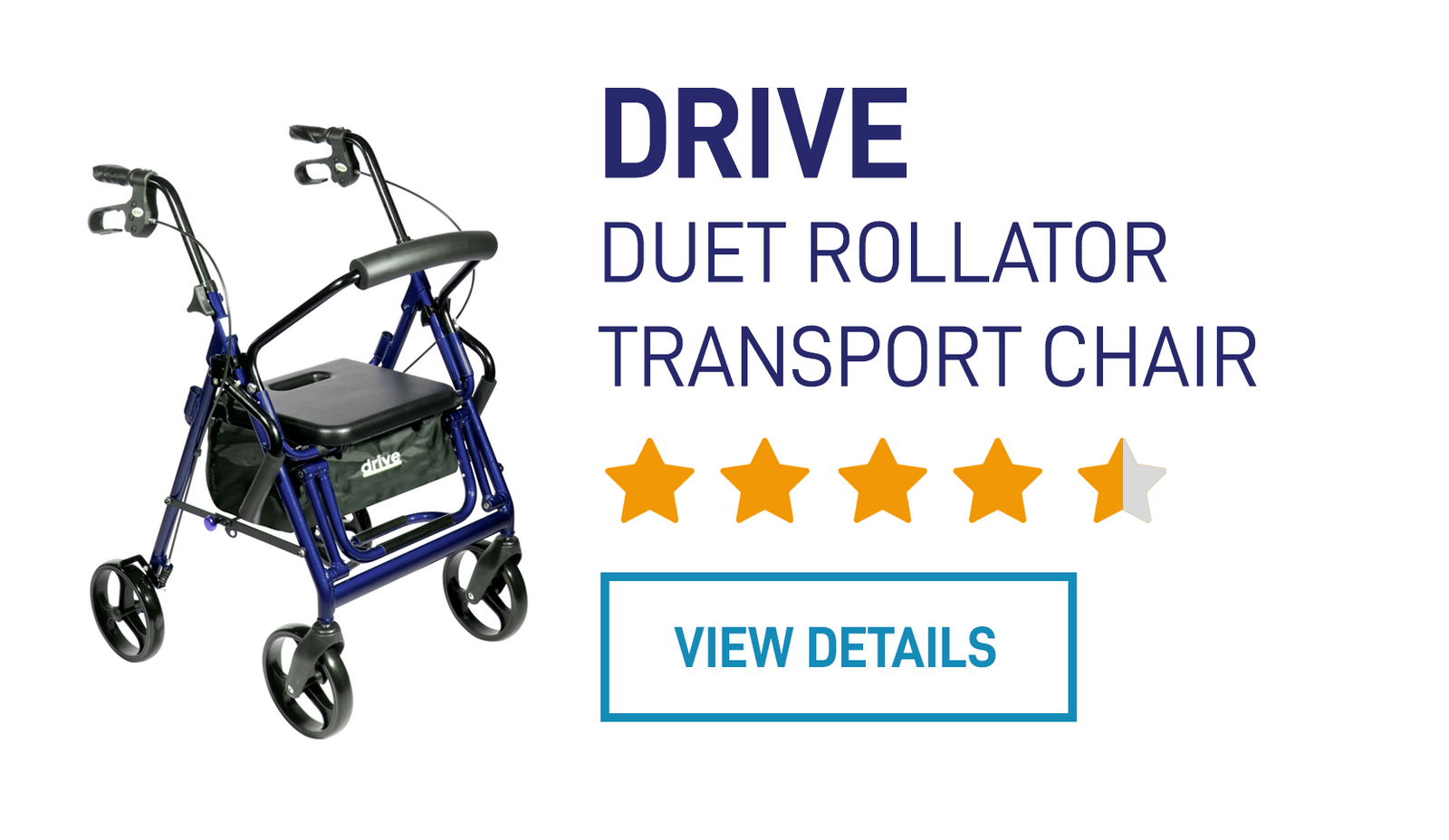Your Cart is Empty
Free Shipping on all orders $99.00 or more.
Menu

Free Shipping on all orders $99.00 or more.
ROLLATORS
Walkers
Crutches & Canes
Transport & Wheelchairs
Accessories & Parts
Choosing the Mobility Aid That’s Right for You
December 06, 2013 3 min read
 For many people, growing older means a decrease in mobility. Whether problems with mobility are caused by sore joints, fragile bones, or diseases like Parkinson’s or scoliosis, they can have very real effects on the way we live. Luckily, if you have difficulty with mobility, or are unable to walk or stand for extended periods of time, there are a wide range of mobility aids available to meet your needs and help you maintain independence and quality of life.
For many people, growing older means a decrease in mobility. Whether problems with mobility are caused by sore joints, fragile bones, or diseases like Parkinson’s or scoliosis, they can have very real effects on the way we live. Luckily, if you have difficulty with mobility, or are unable to walk or stand for extended periods of time, there are a wide range of mobility aids available to meet your needs and help you maintain independence and quality of life.
Deciding which mobility aid you want to use is more than just picking a wheelchair with your favorite color. There are many devices available these days. Walkers, rollators, canes, crutches, scooters, wheelchairs—it can get pretty overwhelming trying to pick! Here are some helpful tips on choosing the mobility aid that will meet your needs and let you stay independent and active:
Balance aids:
- Even if you’re still able to walk by yourself, mobility aids can be helpful tools. If you have trouble with balance when walking, a cane is often a good way to go. A single tip or quad (four clawed) cane provides you with a handy support to lean on when going for a stroll, walking through the mall or downtown, or just moving around your house.
- It’s important when shopping for a cane to figure out what size will fit you comfortably. You can do this by making sure that the top of the cane is level with the inside crease of your wrist when your arms are hanging at your sides. It’s also a good idea to get a can with a rubber grip on the tip to avoid slipping on slick surfaces.
Stability aids:
- For a mobility aid that provides balance with extra support and stability, a walker is a good choice. These come in a number of different varieties, each with its own set of special features.
- Specialty walkers and rollators work in a similar fashion as walkers, but they operate on wheels, work well outdoors and indoors, and are suitable for long as well as short distances. A combination rollator-transport chair is good if you are only able to move for short distances. The transport chair function allows you to sit and take a rest, and perhaps have a caregiver push you for the rest of your journey.
- A walker with four wheels is for people who can stand and walk on their own, but who need just a little extra support. They are very stable, and made to support almost your entire weight, which takes the strain off of your legs, knees, and ankles.
Transport aids:
- If you are unable to stand or walk, or if those two activities are very difficult for you, you might want to consider a full transport chair, or a wheelchair. These too come in many different varieties, and it’s often a good idea to talk to your doctor, nurse, or therapist, about what kind of special features you might require. Once you’ve figured this out, there are still a lot of choices to be made.
- Are you planning on going for long trips in your wheelchair—around the neighborhood, to the mall, to a picnic in the park? You’ll want a more durable model that can keep you traveling smoothly over all kinds of surfaces. You might also want to look for one that folds up easily, so you can store it in the trunk or backseat of the car for longer trips.
- If you plan on using your wheelchair primarily for moving around indoors, a lightweight model will work just fine. It will also be easier for a caregiver to push, should you happen to be going on an outside adventure.
- There are even wheelchairs specifically designed for sports activities, so if you’re passionate about athletics, you can keep doing what you love.
Loss of mobility is often a fact of aging, but with the right mobility aid, you can still keep living the independent, active kind of life you want to!
Subscribe
Sign up to get the latest on sales, new releases and more …
{"themeColor":"#5273b8","iconColor":"#5273b8","showLogo":true,"topBottomPosition":0,"rightLeftPosition":0,"iconSize":"large","iconCustomSize":60,"position":"middle-right"}



